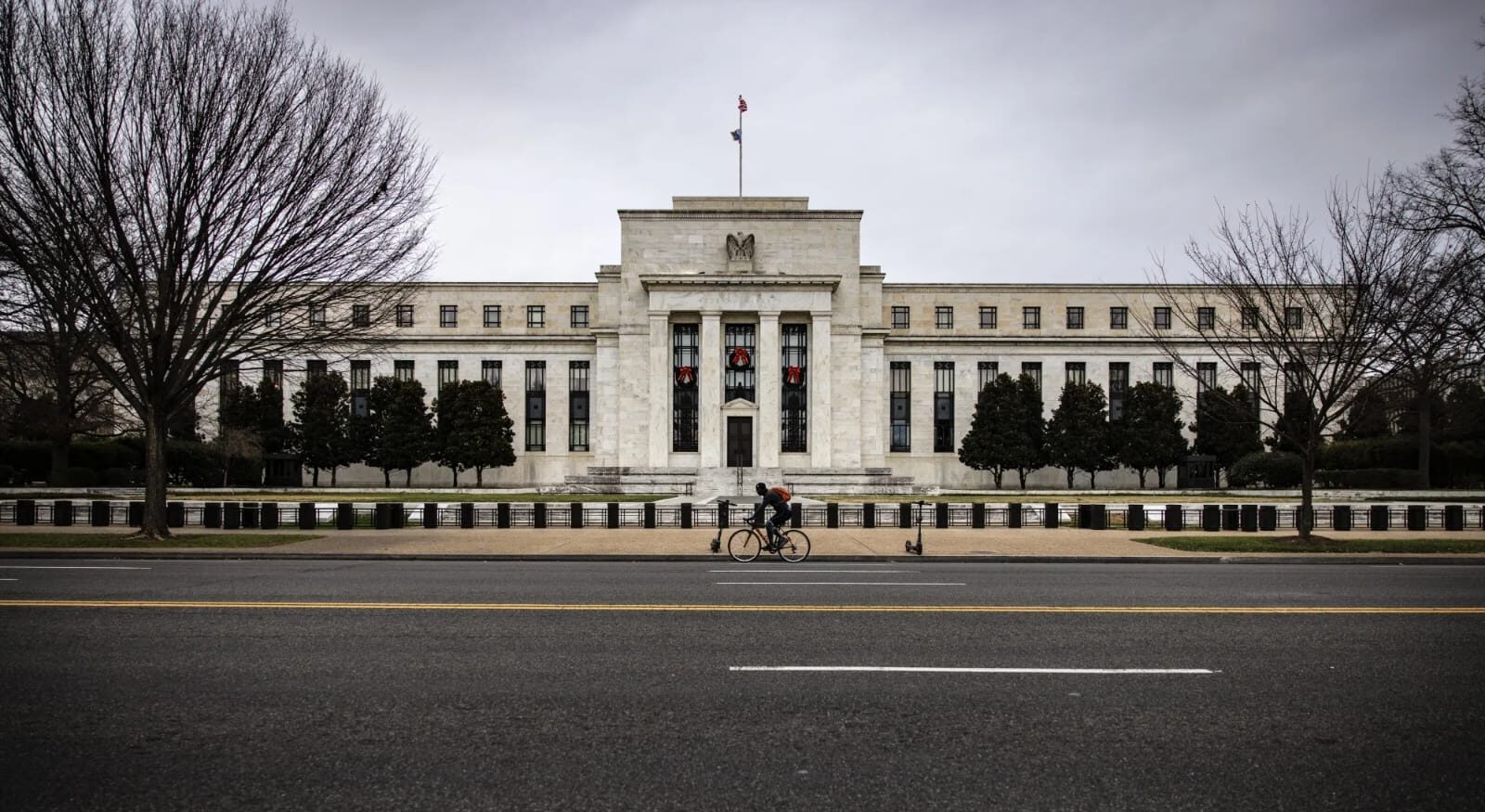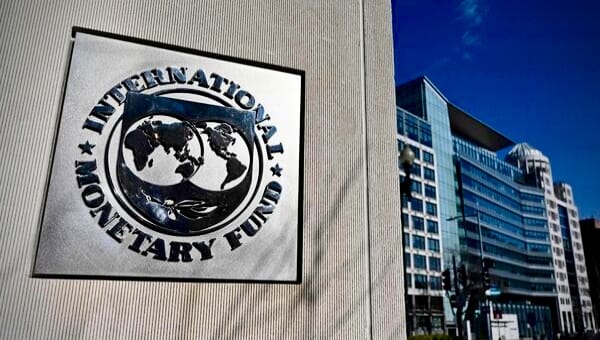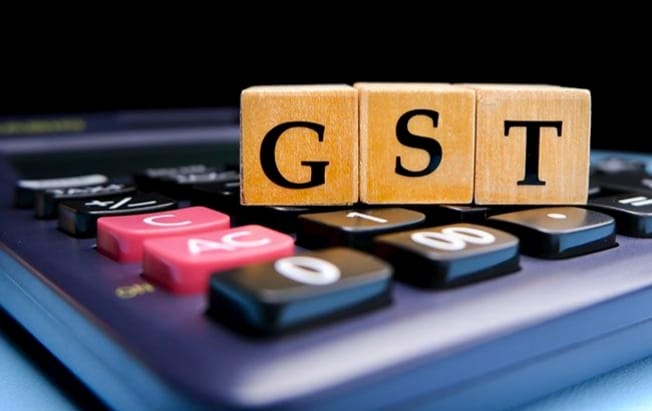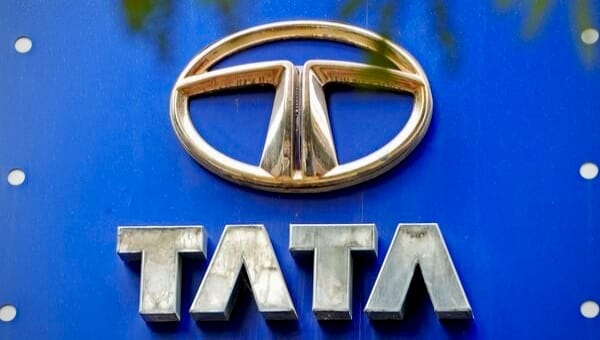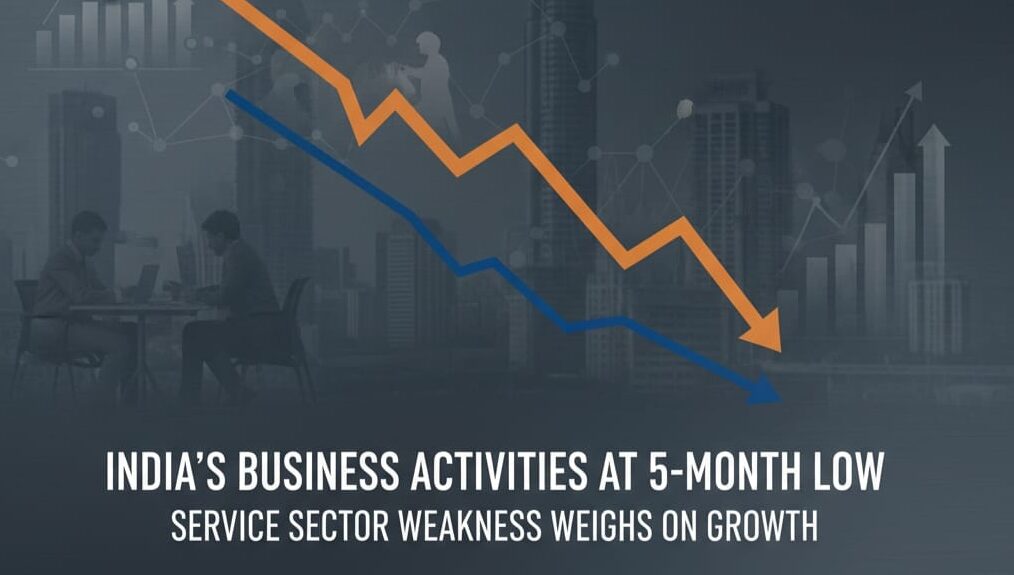
India’s Services Sector Slowdown Pulls Business Activity to 5-Month Low, Pressuring RBI Policy
India’s economic expansion, a significant driver of global growth, has moderated with business activity decelerating to a five-month low in May. This slowdown is primarily attributed to a notable weakening in the nation’s dominant services sector, prompting analysts and policymakers to reassess the near-term outlook. The latest Purchasing Managers’ Index (PMI) data signals a shift in the demand landscape, complicating the Reserve Bank of India’s (RBI) efforts to balance inflation control with sustained economic growth.
The deceleration marks a departure from the robust pace of expansion seen in previous months, which was fueled by strong consumer confidence and resilient domestic demand. While India’s services sector continues to expand, the reduced intensity raises questions about the sustainability of high growth rates and the underlying pressures affecting businesses across various segments, from finance to hospitality. This data offers investors a crucial barometer of economic health, suggesting a potentially less straightforward path ahead for India’s economy than recent bullish narratives implied.
Decelerating Momentum: A Closer Look at the Data
The S&P Global India Services PMI, a key indicator of economic health, dropped to 58.0 in May from 61.2 in April, reaching its lowest level since December. While a reading above 50 still denotes expansion, the substantial decline points to a significant loss of momentum. This weakness in services consequently pulled the Composite PMI, encompassing both manufacturing and services, down to 58.2 from 61.3.
The services sector, contributing over 50% to India’s Gross Domestic Product (GDP) and employing a large portion of its workforce, is crucial for overall economic performance and job creation. The latest data also reveals a moderation in new orders and some easing of pricing pressures, though input costs remain high for many service providers, creating a challenging operating environment for **India’s business activity**.
Underlying Causes: A Confluence of Factor
Economists attribute the deceleration in **India’s business activity** to several factors. Persistent inflation, despite recent easing, has likely eroded household purchasing power, curtailing discretionary spending on services. Consumers are tightening budgets as essential goods remain costly. Dr. Rhea Sharma, Chief Economist at Axis Capital, observed, “The slowing pace suggests underlying pressures, perhaps from elevated inflation impacting discretionary spending or increased competitive intensity.”
Additionally, the Reserve Bank of India’s sustained interest rate hikes, implemented to curb inflation, are making credit more expensive for both businesses and consumers, potentially dampening investment and consumption. While domestic demand largely drivesIndia’s economy, global headwinds from slower trade and cautious foreign investment sentiment could also indirectly affect business confidence.
The cooling of India’s services sector holds significant implications for the nation’s economic trajectory and financial markets. A sustained slowdown could temper India’s GDP growth forecasts, challenging the government’s ambitious targets. For the Reserve Bank of India, this data complicates monetary policy, potentially reducing the likelihood of further rate hikes and shifting focus towards growth support. Businesses across sectors, from IT to hospitality, may face revenue and profitability pressures, while a moderation in job creation could impact India’s young workforce. Investors, too, will closely scrutinize these indicators, suggesting a need for more selective investment strategies in an evolving economic landscape.
Monetary Policy Tightrope: RBI’s Next Move
The Reserve Bank of India faces a difficult tightrope walk. Committed to inflation targeting while supporting growth, the central bank’s policy calculus is now more complex. Having paused interest rate hikes recently, the RBI will intensify its monitoring of demand indicators. Vikram Singh, Head of India Research at Goldman Sachs Asset Management, noted, “While core inflation remains sticky, the softening in services activity could provide some breathing room, potentially extending the pause on rates, or even paving the way for a dovish tilt if the trend persists.” Upcoming monetary policy reviews will be closely watched for clues on the RBI’s assessment of these evolving conditions, particularly concerning future liquidity measures or interest rate adjustments.
The slowdown’s impact will likely be uneven across the vast **services sector**. High-contact areas like hospitality, travel, and retail may be vulnerable to reduced discretionary spending. IT and BPO sectors, though globally driven, could feel ripple effects from domestic sentiment, while financial services might see moderated credit demand. Conversely, essential services or those linked to government spending may exhibit greater resilience. Businesses are expected to focus on cost optimization and efficiency.
Looking ahead, India’s economic stabilization hinges on inflation trends, monsoon performance, global stability, and effective government policies. Despite the cautious immediate outlook, India’s fundamental strengths—a large domestic market, a young workforce, and ongoing reforms—suggest the current slowdown could be a temporary recalibration rather than a prolonged downturn.
India’s recent dip in business activity, stemming from a weaker services sector, highlights that even robust economies face cyclical pressures. While the five-month low in momentum warrants vigilance, it also offers an opportunity for businesses to innovate and policymakers to refine strategies. The path forward for **India’s economy** requires a calibrated approach, balancing inflation control with the imperative for sustained, inclusive growth. For investors and businesses, discerning these shifts in **India’s business activity** will be crucial for informed decision-making. MoneyFint will continue to provide in-depth analysis on these critical indicators.
